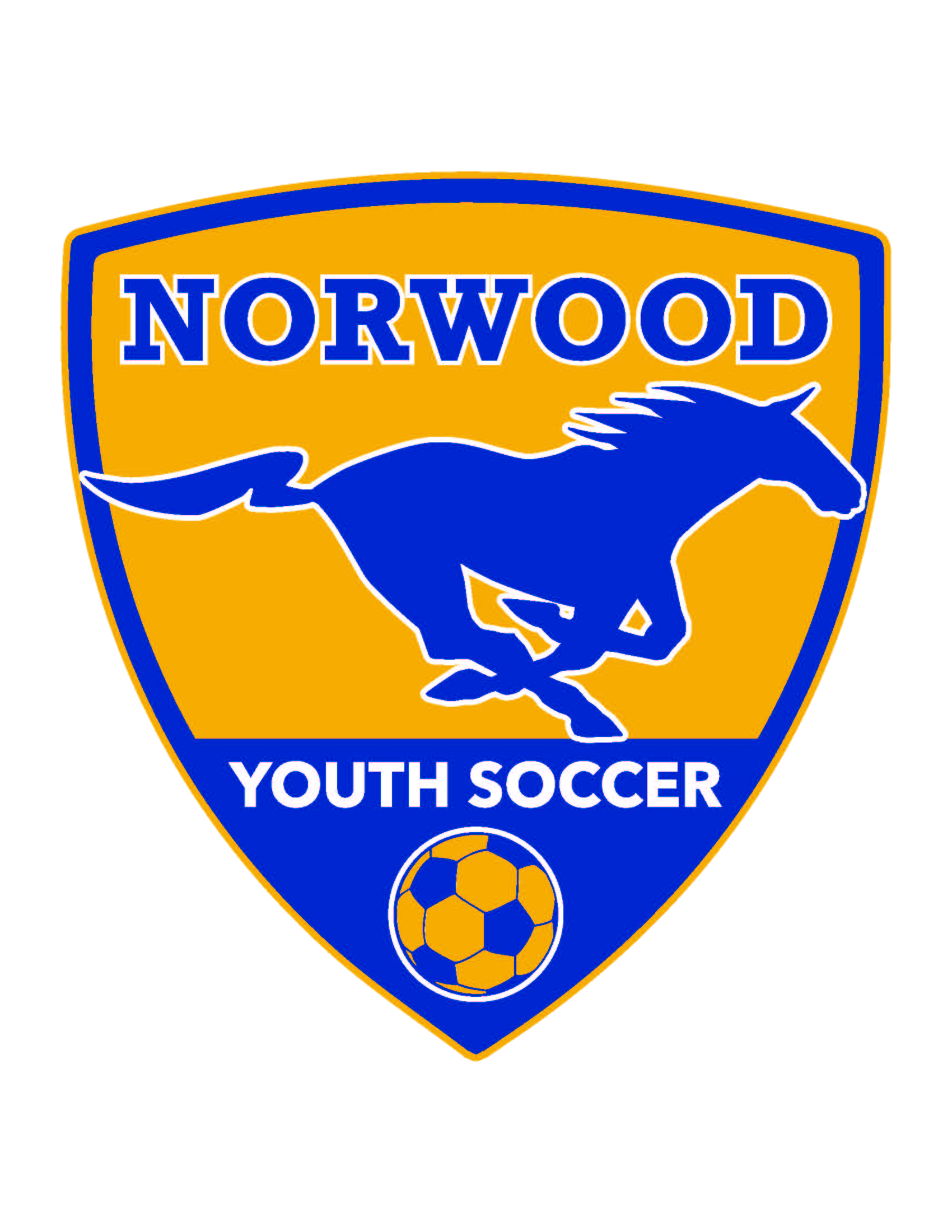Recent matches in the MLS and USL leagues have highlighted a basic principle of the Laws of the Game - that a foul cannot be committed when the ball is not in play. Reduced to its most simple elements, this principle assists the referee in deciding what action to take if an infringement of the Law occurs after play is stopped. Because such action cannot be a foul, the referee must deal with it as misconduct and remember that the restart has already been determined based on what stopped play in the first place.
This concept, however, depends on understanding when and under what circumstances the ball is not in play and the role for the assistant referee.
- Law 9 states that the ball is out of play when it leaves the field, across the touch line or goal line, or when the referee has stopped play.
- USSF Advice to Referees (9.1) explains that the referee has stopped play at the moment the decision is made, not when it is announced by some signal (e.g., a whistle).
Accordingly, the decision to stop play marks the beginning of the stoppage and the time between the decision to stop play and the announcement of this decision is included in the period of stoppage. Any infringement during this period is therefore misconduct and plays no part in determining the correct restart.
Particularly with infringements of Law 11 (Offside), however, it is the assistant referee who is most likely to have given the initial signal that a violation may have occurred. Under the Laws of the Game, this information is subject to the decision of the referee. If the referee accepts the information, then the offside has been called and is considered to have occurred when the assistant referee gave the original signal. Anything happening after the assistant referee's signal must be dealt with as misconduct.
This is exemplified by a situation in which the original flag signal for offside by the assistant referee is not initially seen but a subsequent apparent foul is whistled by the referee. If the referee becomes aware of the assistant referee signal prior to restarting play and if the original signal is confirmed by the referee, the subsequent apparent foul must be handled as misconduct rather than as a foul and the restart would be an indirect free kick for the defense (for the offside violation) no matter what action the referee has taken regarding the misconduct (caution or sending off)
Of course, these matters need to be included in the pregame briefing of the officials. Further, keeping the assistant referees in better view during play will reduce the likelihood of embarrassingly extended delays in becoming aware of their signals.
14 May 1999
DISPLAY OF CARDS FOR MISCONDUCT
Referees are reminded that the display of a card as an indication of misconduct (caution or send off) is for informational purposes only. As such, the method by which this information is conveyed should be consistent with the Guide to Procedures for Referees, Assistant Referees and Fourth Officials (1998).
The Guide notes that signals, mechanics, and procedures should be efficient, effective and unobtrusive. "An official's style should not . . . result in unclear communication of information to players ... or cause undue attention to be drawn to the official and away from the match itself."
A card should not be displayed in an obviously dramatic fashion, using unusual hand or arm movements, held for an unnecessarily long time, or otherwise displayed in a demeaning or aggressive manner. The recommendation in the Guide is that a card should be displayed "by holding it straight overhead" - this means over the head of the referee, not the head of the player.
Care should be taken to perform the card display a sufficient distance away from the player being notified of his misconduct that this action is not felt to be invasive. Such a distance also reduces the possibility of an aggressive reaction against the referee.
